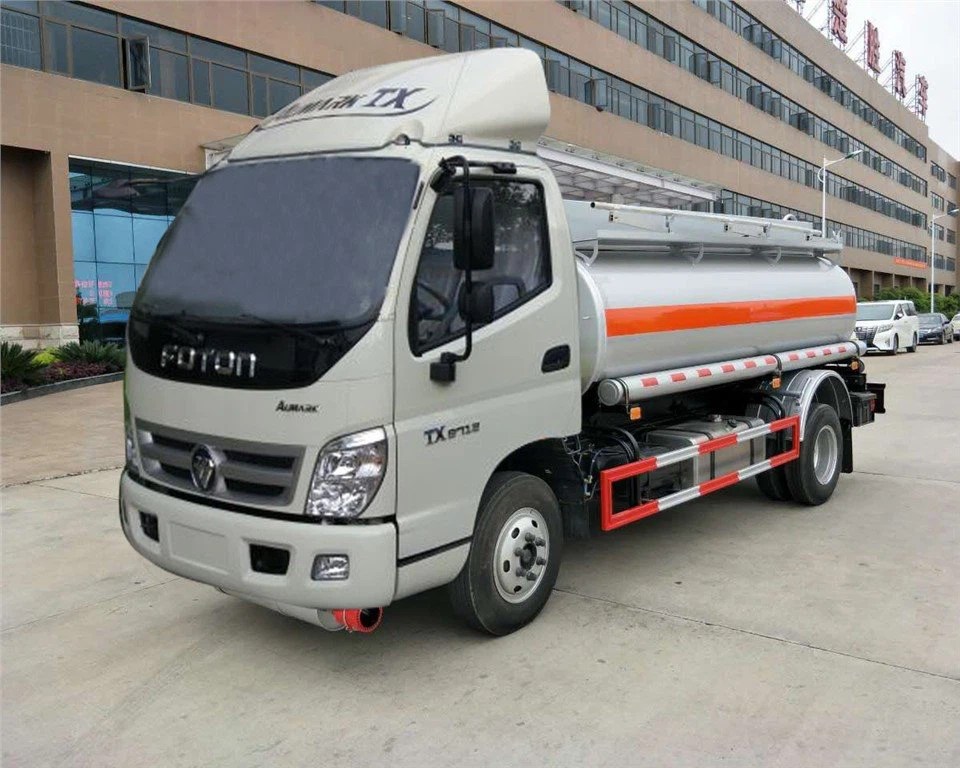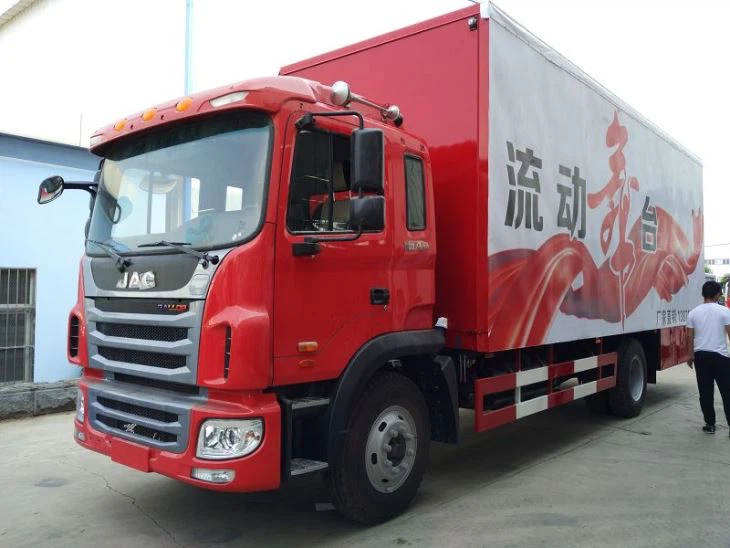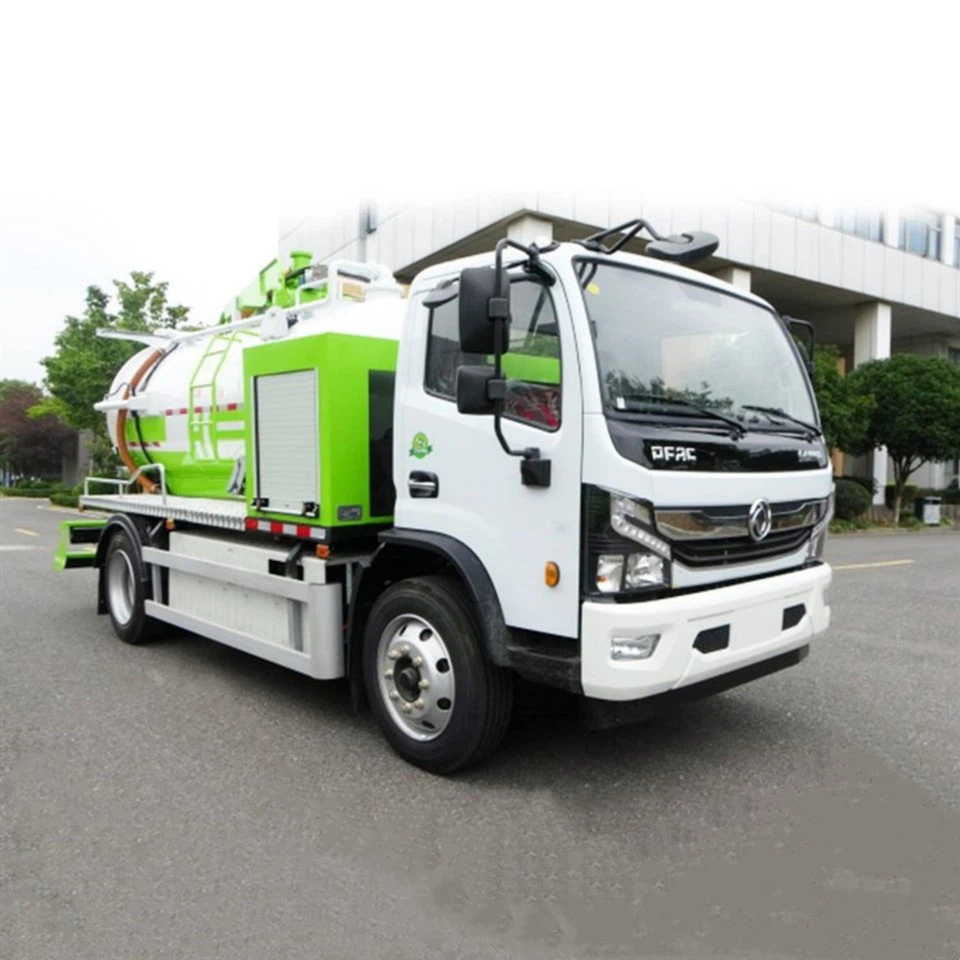Understanding Back Loaders: A Complete Guide

Introduction
Back loaders, commonly known as backhoe loaders, are versatile construction machines that combine a front loader and a backhoe on the same chassis. These powerful machines are widely used in construction, landscaping, and excavation projects due to their unique design and functionality. This article aims to provide a comprehensive look at back loaders, their features, applications, and tips for getting the most out of these machines.
The Anatomy of a Back Loader
Key Components
Back loaders consist of several key components that contribute to their effectiveness:
- Loader Arm: For lifting and moving heavy materials.
- Bucket: Attached to the loader arm for scooping up material.
- Backhoe Arm: A long arm at the rear for digging and excavation.
- Stabilizers: These help stabilize the machine during operation.
- Cab: The operator’s compartment, designed for visibility and control.
Types of Back Loaders
Understanding the different types of back loaders can help you choose the right one for your project:
- Standard Back Loader: Best suited for general construction tasks.
- Mini Back Loader: A smaller version ideal for tight spaces and light-duty work.
- Industrial Back Loader: Designed for heavy-duty projects, often equipped with more powerful engines.
Applications of Back Loaders
Construction Projects
Back loaders are commonly used in construction for tasks such as:
- Excavating foundations
- Backfilling
- Moving materials such as dirt, sand, and gravel
Landscaping
In landscaping, back loaders play a critical role in:
- Creating slopes and terraces
- Planting trees
- Clearing up debris and leveling ground
Agriculture
Back loaders are also beneficial in agricultural settings for:
- Loading and transporting feed
- Digging drainage ditches
Choosing the Right Back Loader
Factors to Consider
Selecting the appropriate back loader requires evaluating several factors:

| Factor | Considerations |
|---|---|
| Project Size | Choose a mini back loader for small projects; standard or industrial for larger tasks. |
| Terrain Type | Evaluate the terrain; some back loaders perform better on uneven ground. |
| Weight Capacity | Ensure the loader can handle the weight of the materials you’re working with. |
Researching Models
Before purchasing or renting a back loader, research various models. Consider factors such as:

- Brand reliability
- Fuel efficiency
- Overall performance ratings
Operating a Back Loader
Basic Controls
Familiarizing yourself with the basic controls is essential for safe operation:
- Steering Wheel: Controls the direction of the machine.
- Hydraulic Controls: Operate the loader and backhoe arms, used to lift, tilt, and dig.
- Throttle: Controls engine speed.
Safety Tips
Ensuring safety while operating a back loader is paramount:
- Always wear a seatbelt.
- Check for overhead power lines before raising the loader arm.
- Keep the work area clear of obstacles.
- Utilize stabilizers when digging to prevent tipping.
Maintenance of Back Loaders
Routine Maintenance Tasks
Regular maintenance is vital for sustaining performance:
- Check and replace hydraulic fluid.
- Inspect and maintain tire pressure regularly.
- Grease moving parts as recommended by the manufacturer.
Common Issues and Troubleshooting
Familiarize yourself with common back loader issues:
- Hydraulic Leaks: Check for leaks in hoses and fittings.
- Starting Problems: Inspect the battery and starter connections.
- Engine Overheating: Ensure the cooling system is functioning correctly.
Technological Advancements in Back Loaders
Automation and Smart Features
The construction industry is rapidly evolving with technology. Modern back loaders are now equipped with:
- GPS for accurate digging and excavation
- Telematics for tracking machine performance and location
- Advanced safety systems to enhance operator safety
Benefits of Smart Technology
Utilizing technology can lead to improved efficiency and reduced operational costs:
- Better project planning and execution through accurate data.
- Increased uptime thanks to predictive maintenance alerts.
Cost Considerations
Buying vs. Renting Back Loaders

Deciding whether to buy or rent a back loader depends on your project needs:
- Buying: Better for long-term projects; high initial investment.
- Renting: More cost-effective for short-term tasks; lower upfront cost.
Overall Cost Factors
Consider these factors when budgeting for a back loader:
| Cost Factor | Details |
|---|---|
| Purchase Price | Varies based on model and features. |
| Maintenance Costs | Regular servicing, repairs, and parts replacement. |
| Insurance | Protects the investment from damage or theft. |
Real-Life Examples of Back Loader Use
Case Study: Urban Construction Project
In a recent urban project, a back loader was used to:
- Excavate for foundations of residential buildings.
- Transport materials to various points on the job site.
Case Study: Landscaping Project
A landscaping firm utilized a mini back loader to:
- Dig holes for planting trees and shrubs.
- Level areas for new grass installation.
FAQ Section
1. What is the primary use of back loaders?
Back loaders are primarily used for excavation, loading, and moving materials in construction and landscaping projects.
2. How do I operate a back loader safely?
Follow manufacturer instructions, wear safety gear, and conduct pre-operation checks to ensure safety while operating.
3. What maintenance is required for a back loader?
Regular maintenance includes checking hydraulic fluid, inspecting tires, and greasing moving parts.
4. Can back loaders be used in tight spaces?
Yes, mini back loaders are specifically designed for operation in tight spaces, making them ideal for urban and landscaping work.
5. How do I choose the right back loader for my project?
Consider project size, terrain type, weight capacity, and research various models to find the right back loader for your needs.
6. Are there any technological advancements in back loaders?
Yes, modern back loaders now feature GPS, telematics, and advanced safety systems, increasing efficiency and safety standards.
